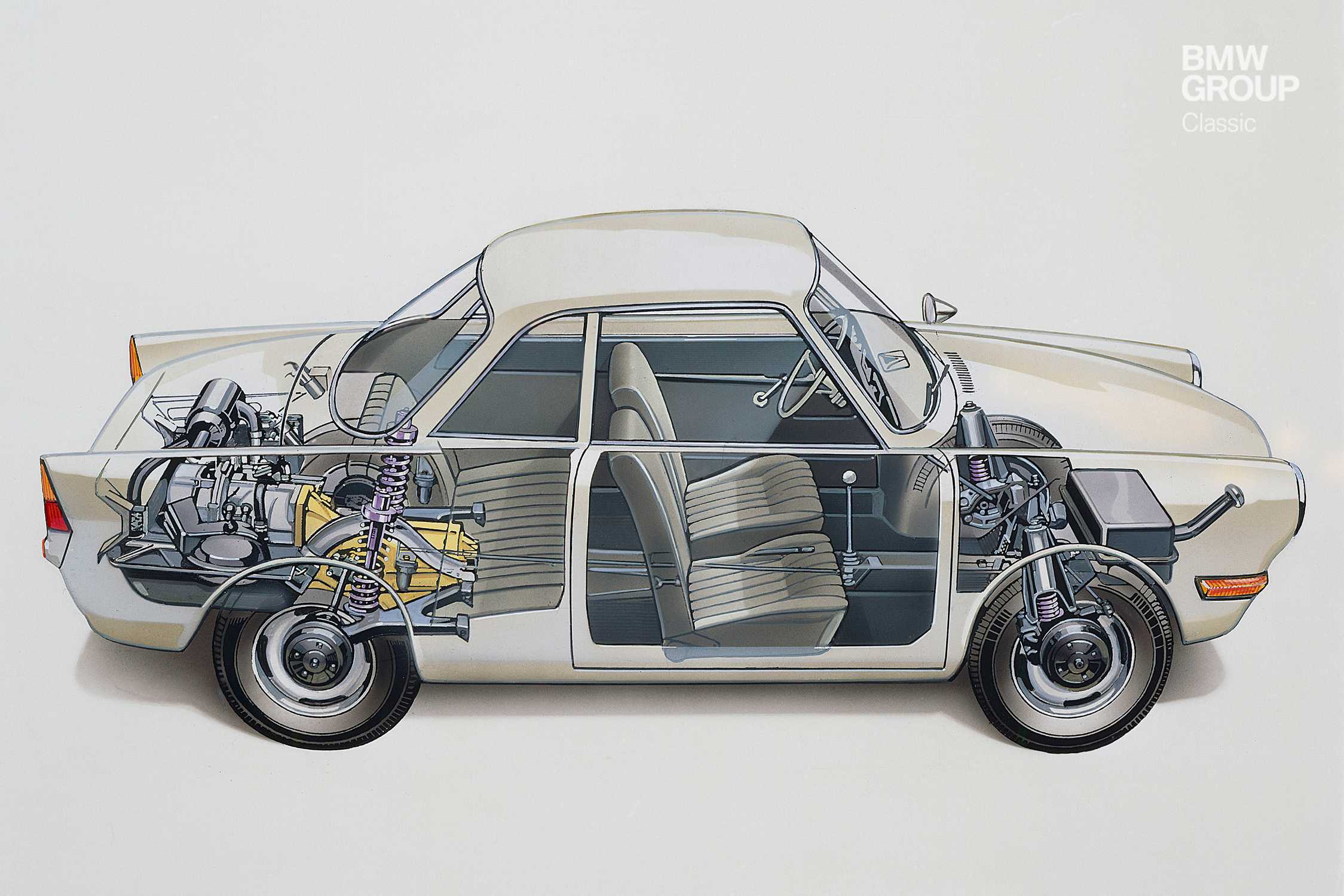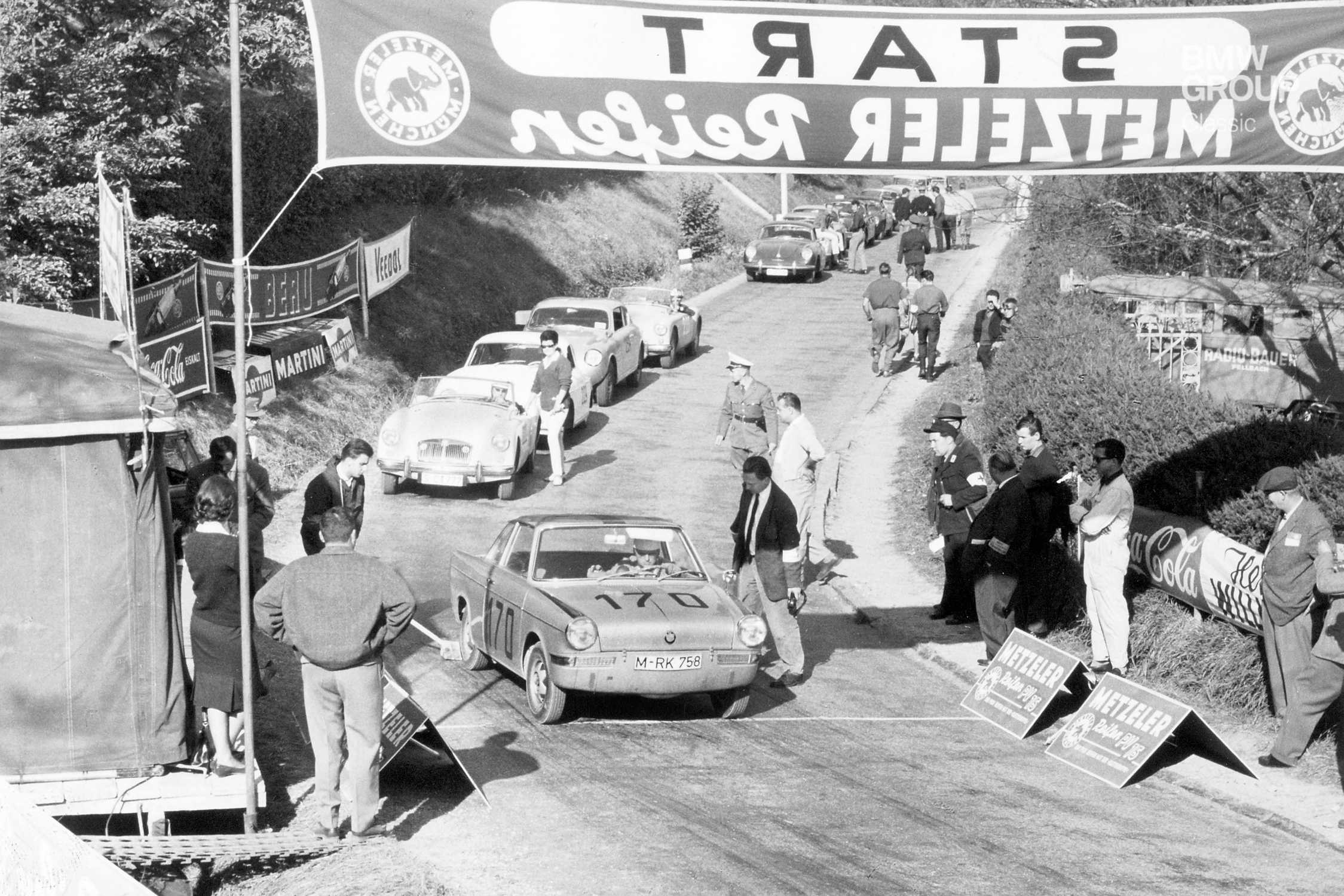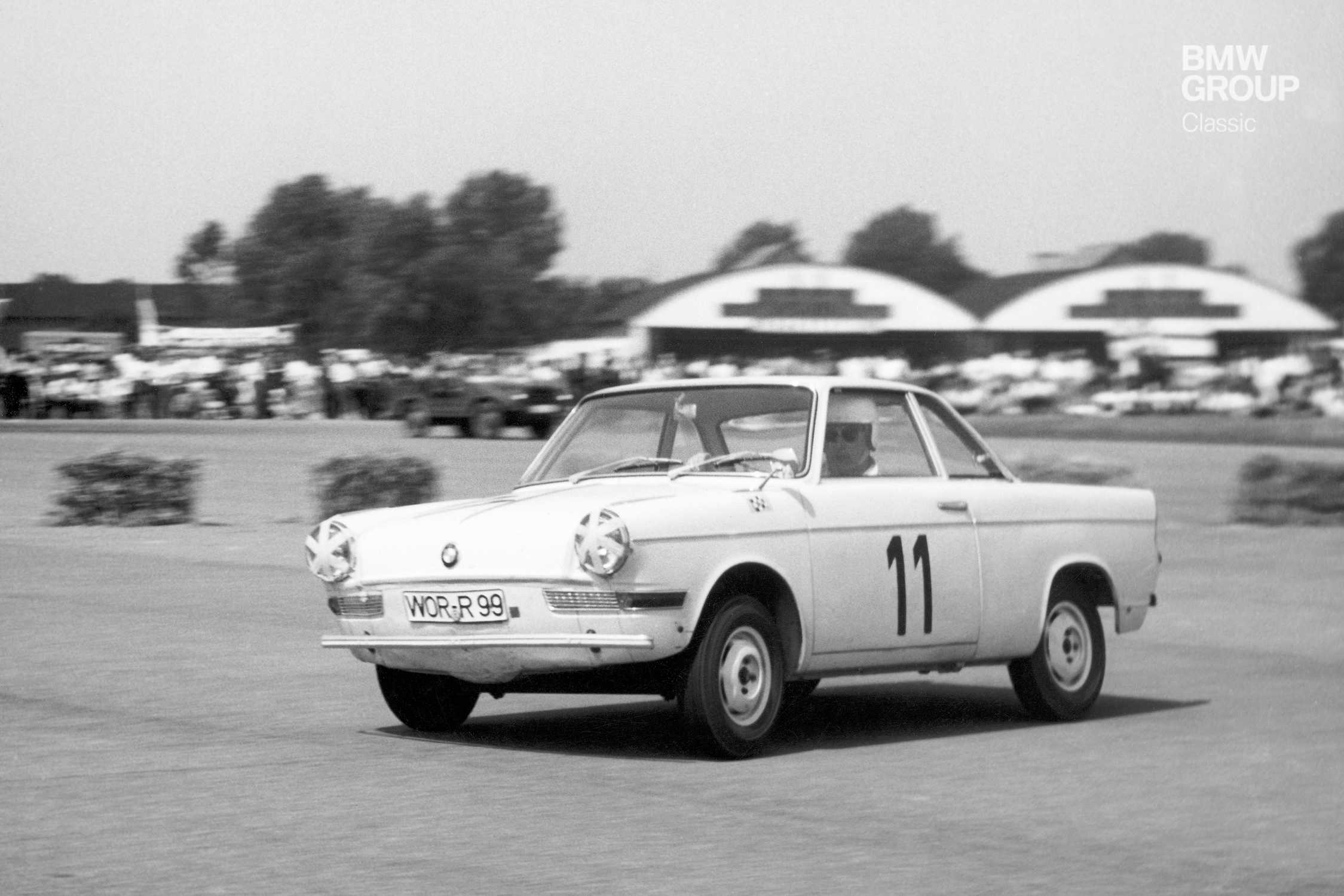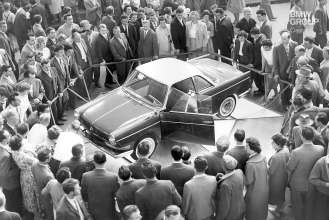Southern roots.
Italians have it in their blood – the fashion, looks and style to back up their dolce vita. And Turin-based Giovanni Michelotti was one of those legendary Italian car designers who laid down one milestone after the next in the post-war period, with many examples of his work now on display museums. Small cars are notoriously tricky propositions for designers – and need to stay within an affordable brief – but Michelotti’s BMW 700 was a slick and elegant affair.
The BMW 700 was based on the 600 – the “big Isetta”, which was not really an Isetta at all, but did have similarities with its front end. This jaunty small car, complete with its front-hinged doors, looks a lot more unusual than the conventionally attractive 700. Indeed, take a pretty front end, a pert rear with ramrod straight wing tips, add two doors on the left and right – and voilà, you had a proper car. It was just what the affluent classes desired. From the outside, it looked like the engine would be located at the front end, but that was occupied by the fuel tank and a substantial boot. So all the action was at the rear instead.
Less is more.
Back in those days, the main differentiator of a coupe was a modified roofline – narrower, lower, more dynamic, less dedication to practicality. If cars were skating competitions, a coupe would be the free program rather than the compulsory dance. It’s a car not only to be driven, but also to gaze at proudly. “Schick” (cool) was a popular adjective in Germany at the time, but the BMW 700 Coupe was “todschick” (seriously cool). This was a car that would cut a dash anywhere; you’d search in vain for anything low rent. And because it looked so good, the coupe beat the sedan version into production in 1959. The press obliged with a rapturous reception.
The gentleman racers of the time were similarly effusive. The small BMW hit the ground running in 40 hp 700 Sport form, racking up class wins by the dozen. At the forefront of this racing success was Hans Stuck, the “King of the Mountains”, who won the German Hillclimb title a final time in 1960 at the ripe old age of 60. As a youngster, his son, Hans-Joachim “Strietzel” Stuck, was handed a 700 to practice on a makeshift track on land owned by his parents. He may have hit some frightening speeds, but as history shows it doesn’t seem to have done him much harm. Professionally tuned versions of the 700 boosted output to 60 hp and gave a 155 km/h top speed – and that made it hot stuff in this displacement class.
The here and now.
The BMW 700 is a popular sight at classic car events. It has established its own community of fans, although the cute and comical Isetta and faster 02 tend to steal a little of its thunder. But the Coupe remains something special, a classier, more sporting model. And that means it commands higher prices. The BMW Sport is particularly in demand, but you’ll be hard pushed to find one for sale. Its rear-mounted engine makes the 700 a doddle to steer and even puts smiles on faces over longer trips. At a manageable 3.54 metres in length, it also fits into garages – which is a major selling point, of course, for a classic car.
Facts and figures:
BMW 700 Coupe 1959 – 1964
30 hp (from 1963: 32 hp) from 697cc; two-cylinder, four-stroke boxer engine mounted in the rear, fan cooling, 125 km/h
Sport: 40 hp, 135 km/h
Price in 1959: 5,300 marks (Sport from 1960: 5,650 marks)
Total production for the BMW 700: 188,121 units




